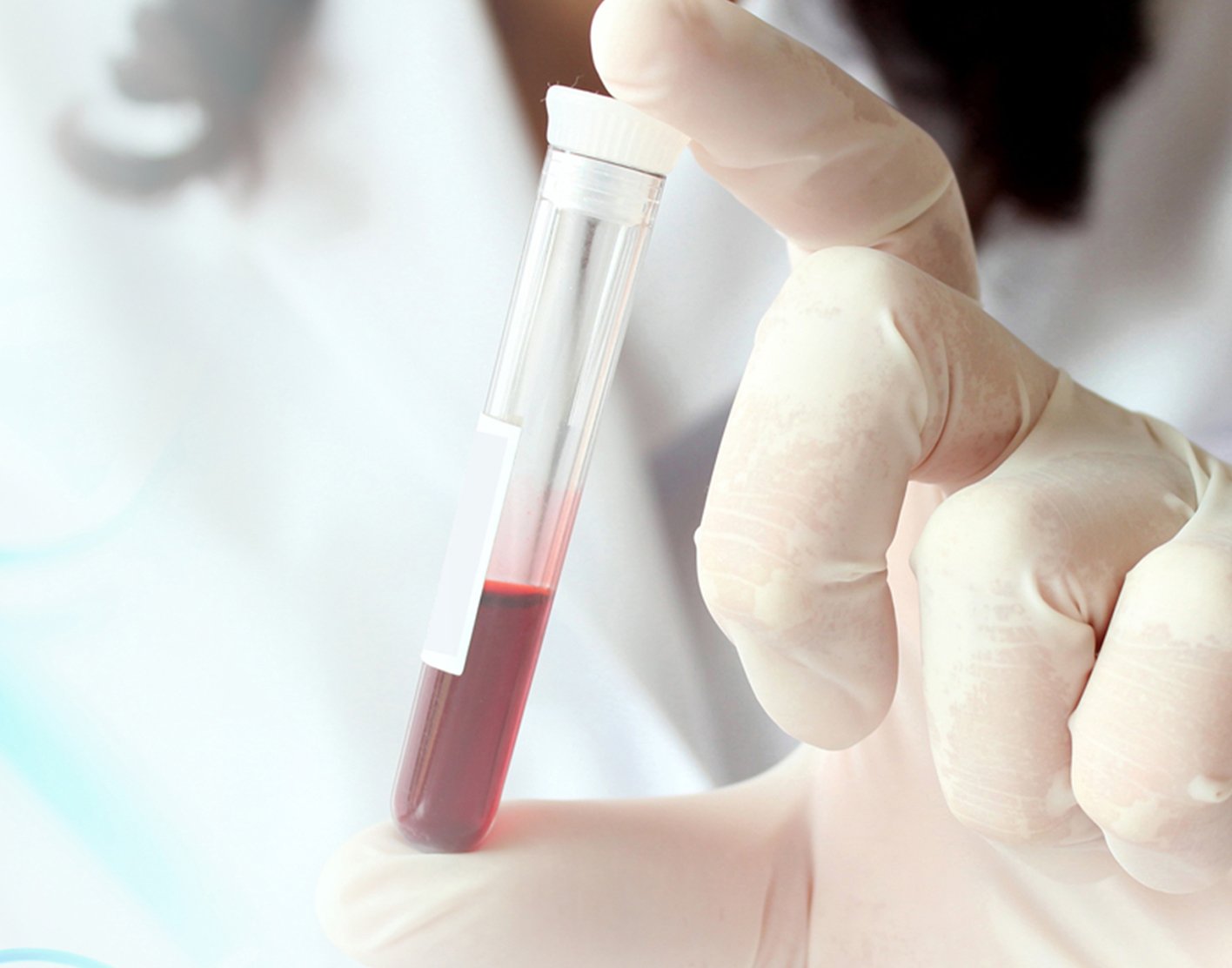
T3RU test
Definition
The T3RU test measures the level of proteins that carry thyroid hormone in the blood. This can help your health care provider interpret the results of
Because tests called the free T4 blood test and thyroxine binding globulin (TBG) blood tests are now available, the T3RU test is rarely used these days.
Alternative Names
Resin T3 uptake; T3 resin uptake; Thyroid hormone-binding ratio
How the Test is Performed
A
How to Prepare for the Test
Your provider will tell you if you need to stop taking any medicines before the test that may affect your test result. DO NOT stop taking any medicine without first talking to your provider.
Some drugs that can increase T3RU levels include:
- Anabolic steroids
- Heparin
- Phenytoin
- Salicylates (high dose)
- Warfarin
Some drugs that can decrease T3RU levels include:
- Antithyroid medicines
- Birth control pills
- Clofibrate
- Estrogen
- Thiazides
- Opioids and methadone
Pregnancy can also decrease T3RU levels.
These conditions can decrease TBG levels (see below section "Why the Test is Performed" for more about TBG):
- Serious illness
- Kidney disease when protein is lost in the urine (nephrotic syndrome)
Other medicines that bind to protein in the blood can also affect test results.
How the Test will Feel
When the needle is inserted to draw blood, some people feel moderate pain. Others feel only a prick or stinging. Afterward, there may be some throbbing or a slight bruise. This soon goes away.
Why the Test is Performed
This test is done to check your thyroid function. Thyroid function depends on the action of many different hormones, including thyroid-stimulating hormone (TSH), T3, and T4.
This test helps check the amount of T3 that TBG is able to bind. TBG is a protein that carries most of the T3 and T4 in the blood.
Your provider may recommend a T3RU test if you have signs of a thyroid disorder, including:
Hyperthyroidism (overactive thyroid)Hypothyroidism (underactive thyroid)Thyrotoxic periodic paralysis (muscle weakness caused by high levels of thyroid hormone in the blood)
Normal Results
Normal values range from 24% to 37%.
Normal value ranges may vary slightly among different laboratories. Some labs use different measurements or test different samples. Talk to your provider about the meaning of your specific test results.
What Abnormal Results Mean
Higher-than-normal levels may indicate:
Kidney failure - Overactive thyroid (hyperthyroidism)
Nephrotic syndrome Protein malnutrition - Chronic liver disease
Lower-than-normal levels may indicate:
- Acute
hepatitis (liver disease) - Pregnancy
Hypothyroidism - Use of estrogen, opioids or methadone
Abnormal results may also be due to an inherited condition of high TBG levels. Usually thyroid function is normal in people with this condition.
This test may also be done for:
Chronic thyroiditis (swelling or inflammation of the thyroid gland, including Hashimoto disease)- Drug-induced hypothyroidism
Graves disease Subacute thyroiditis - Thyrotoxic periodic paralysis
Toxic nodular goiter
Risks
There is little risk involved with having your blood taken. Veins and arteries vary in size from one person to another and from one side of the body to the other. Obtaining a blood sample from some people may be more difficult than from others.
Other risks associated with having blood drawn are slight, but may include:
- Excessive bleeding
- Fainting or feeling lightheaded
- Multiple punctures to locate veins
- Hematoma (blood buildup under the skin)
- Infection (a slight risk any time the skin is broken)
References
Guber HA, Oprea M, Rusell YX. Evaluation of endocrine function. In: McPherson RA, Pincus MR, eds. Henry's Clinical Diagnosis and Management by Laboratory Methods. 24th ed. Philadelphia, PA: Elsevier; 2022:chap 25.
Kiefer J, Mythen M, Roizen MF, Fleisher LA. Anesthetic implications of concurrent diseases. In: Gropper MA, ed. Miller's Anesthesia. 9th ed. Philadelphia, PA: Elsevier; 2020:chap 32.
Salvatore D, Cohen R, Kopp PA, Larsen PR. Thyroid pathophysiology and diagnostic evaluation. In: Melmed S, Auchus RJ, Goldfine AB, Koenig RJ, Rosen CJ, eds. Williams Textbook of Endocrinology. 14th ed. Philadelphia, PA: Elsevier; 2020:chap 11.
Weiss RE, Refetoff S. Thyroid function testing. In: Jameson JL, De Groot LJ, de Kretser DM, et al, eds. Endocrinology: Adult and Pediatric. 7th ed. Philadelphia, PA: Elsevier Saunders; 2016:chap 78.
Review Date: 09/01/2022
The information provided herein should not be used during any medical emergency or for the diagnosis or treatment of any medical condition. A licensed physician should be consulted for diagnosis and treatment of any and all medical conditions. Call 911 for all medical emergencies. Links to other sites are provided for information only -- they do not constitute endorsements of those other sites. Copyright ©2019 A.D.A.M., Inc., as modified by University of California San Francisco. Any duplication or distribution of the information contained herein is strictly prohibited.
Information developed by A.D.A.M., Inc. regarding tests and test results may not directly correspond with information provided by UCSF Health. Please discuss with your doctor any questions or concerns you may have.



























